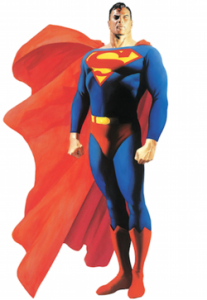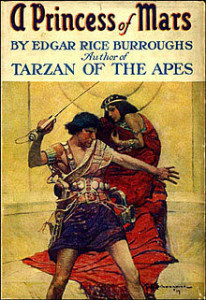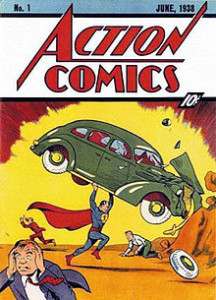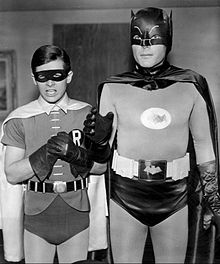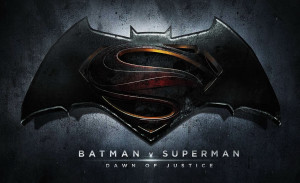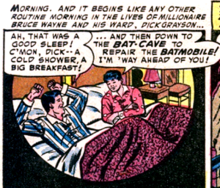Science is a fickle beast. Sometimes it works how you want, other times not so much. For Bruce Banner, science turned him into a giant green anger beast that only gets stronger as he gets angrier. In other words, he turns into a Hulk.

The incredible Hulk first appeared in the Incredible Hulk #1 in May of 1962. Interestingly, he stared off as a Grey behemoth, but due to the cost of ink, he eventually became the jaded giant we know today. Also, the reasons for this change in color have been given canon reasons in the comic. After the change, the comic stated the Grey Hulk was another aspect of Banner’s persona, and since then many different Hulks have been created, and each has a unique personality. At the moment, the comic has a “merged Hulk” one made up of several of the previous iterations, and more competent than his predecessors.

According to Stan Lee, the Hulk is inspired by Frankenstein and Dr. Jekyll and Mr. Hyde. Obviously, the monsters in both these stories were created through science, almost exactly like Banner became Hulk. Because the Hulk is not really a hero or villain, he does not follow the hero’s journey unless he is paired with another super hero. The stories he is part of focus less on the journey of the Hulk and center more around the perils of war and its terrors.
Critics believe that the Hulk is a metaphor and reaction to war overall. He is a raging beast fueled by anger. Some people would say that a country at war acts in a similar way to the Hulk. As fear and anger surface, the people will become more zealous and conflict hungry. It is an almost unwilling transformation that people will take when they are thrown into conflict. Hulk acts in the exact same way, so the comparison is extreme, through justified.

Hulk, alongside the web-slinging Spider-man, has also been ranked one of the most influential and revolutionary characters of the modern era. During the atomic age, he represented the fear of possible atomic annihilation. An unstable atomic fueled beast, he illustrated the public fear that atomic annihilation is inevitable, and very, very scary. During the 70s, he was a caricature for anger and rebellion during the time. In the early 2000’s, many Asian-Americans identified with the angry green giant, comparing him to the expectations of society for them to be something “useful” like doctors or lawyers. Jeff Yang, writing for the San Francisco Chronicle, extended this self-identification to Asian American culture, arguing that “the passive-aggressive streak runs deep among Asian Americans—especially those who have entered creative careers, often against their parents’ wishes.”
Overall, the Hulk is more a metaphor than a character. He represents anger and war, contempt and animosity. Whether you like it or not, the story of the Hulk also evolves with the times. He changes color, shape and personality often, even taking on new names with his shades.

